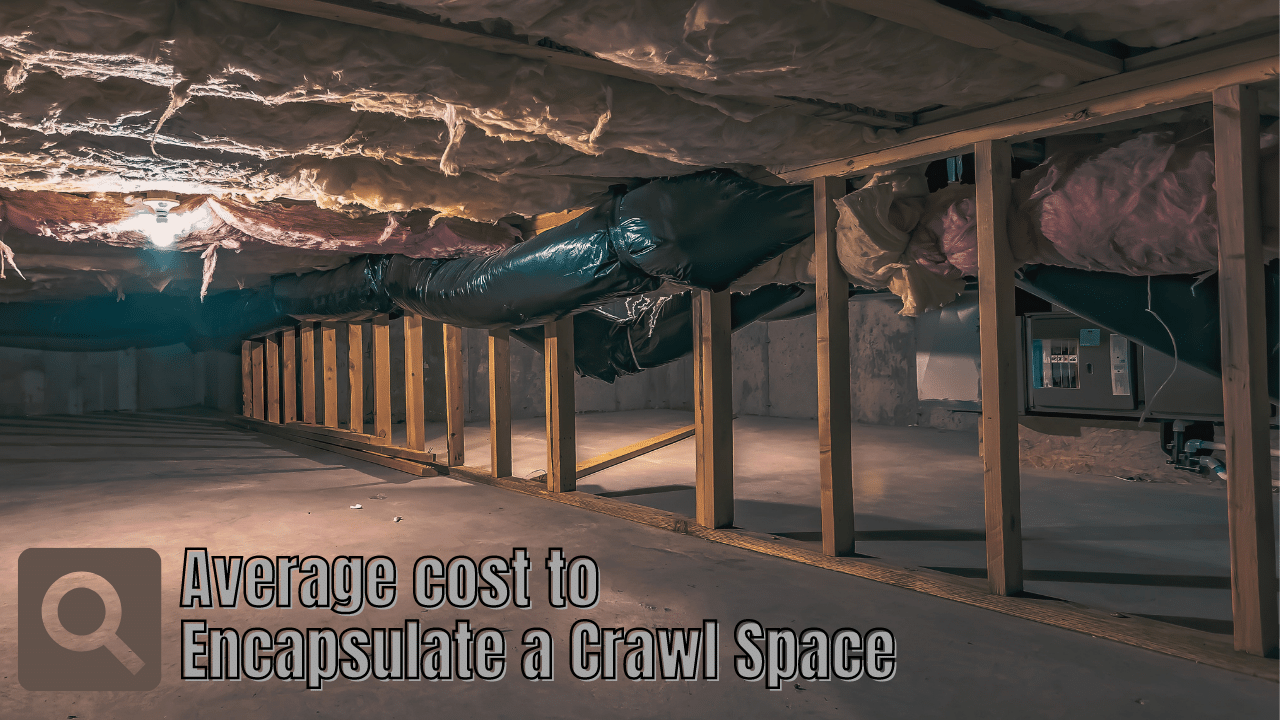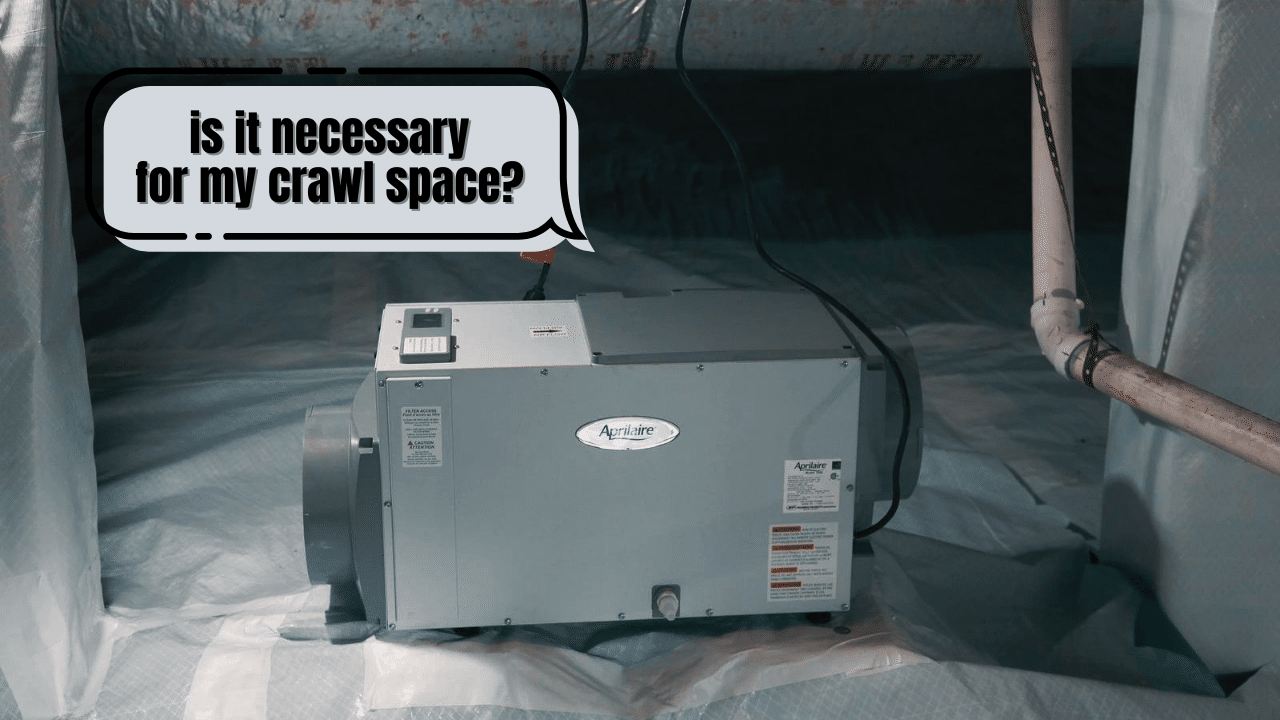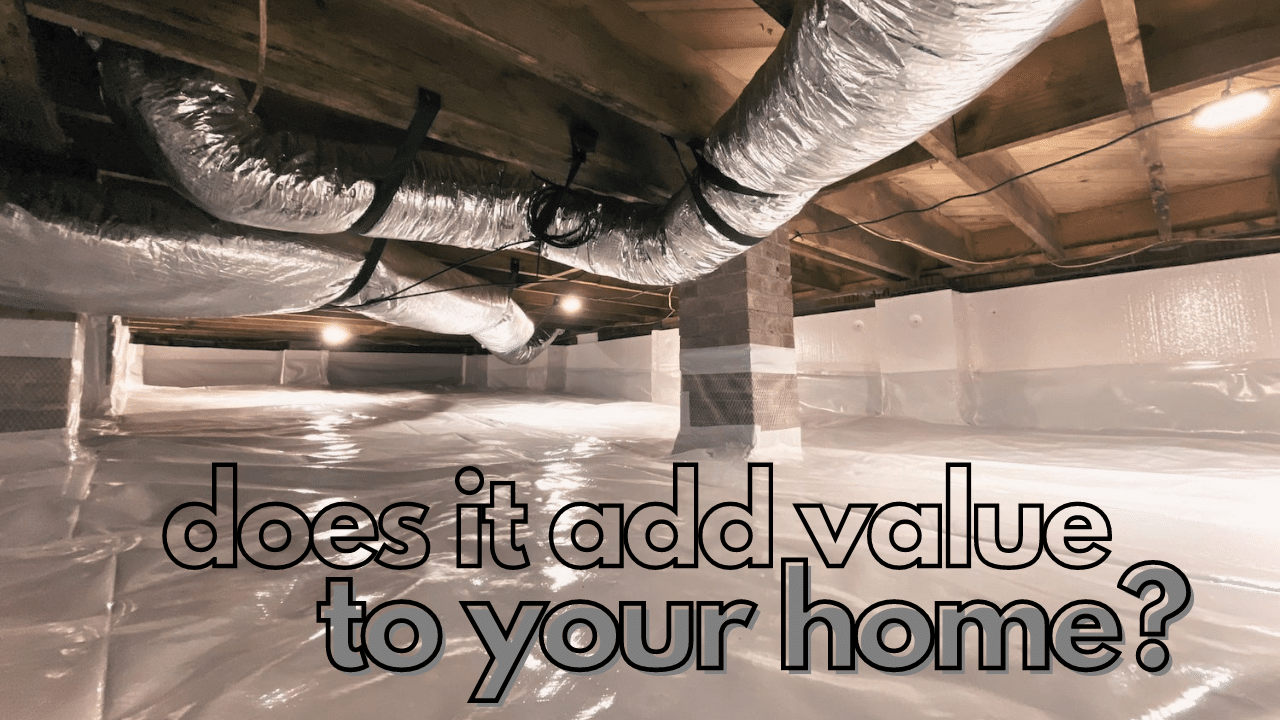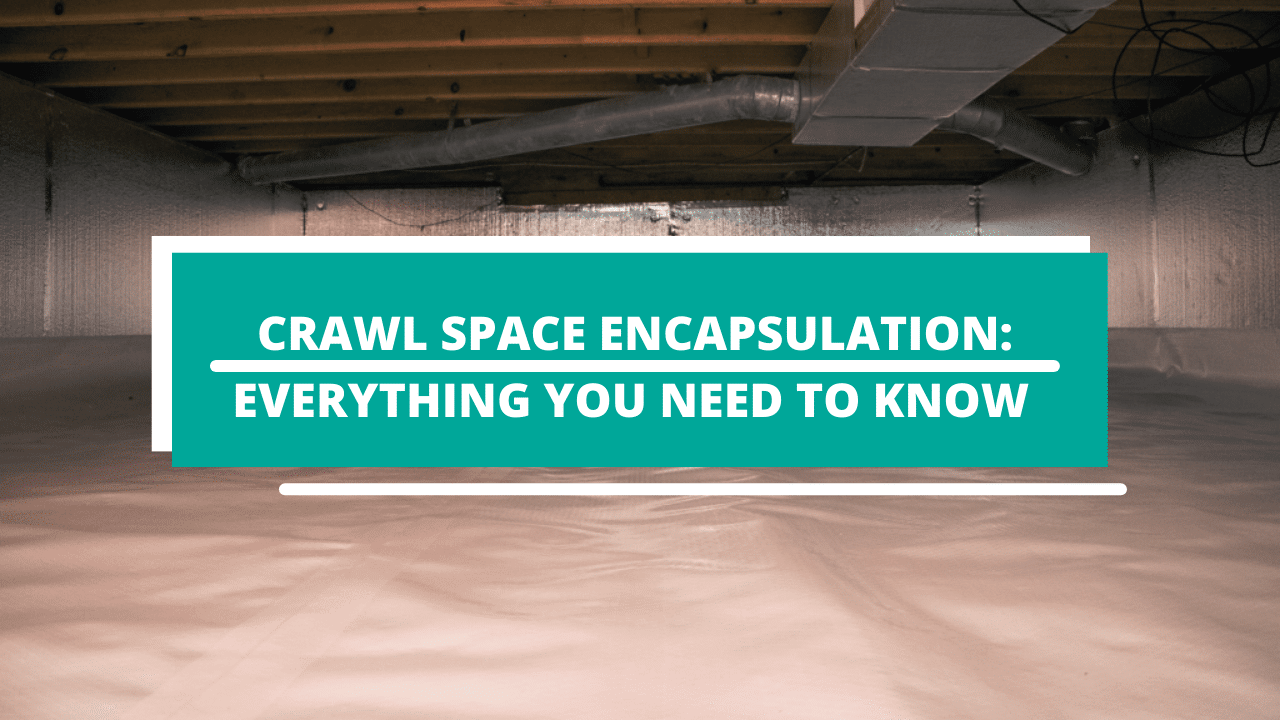Sealing up your home’s crawl space, or crawl space encapsulation, has many benefits to your home. The two most significant benefits you’ll get are keeping mold away and keeping pests out. Both of these issues can lead to structural damage to your home and costly repairs.
So if you pay a little money upfront on encapsulation, you potentially save a lot of money down the road. Provided below are some frequently asked questions with the answers you need to make your decision.

How Much Does it Cost to Encapsulate a Crawl Space?
As with any home maintenance or improvements, the cost will depend on several factors. For example, will you try to do this yourself, will you use a contractor, what type of system or materials will you or the contractor use? You also need to consider how big your crawl space is. The bigger the space, the more material and time it will take to complete.
The minimum cost of doing encapsulation if you do it yourself would be around $2,000. A contractor should charge between $5,000 - $7,000. If they are charging more, you may want to get additional quotes or find out what the extra cost is for. A contractor could charge more if they use a specific product or system to encapsulate your home, such as the CleanSpace system, which could cost $14,000. Therefore, you would want to investigate further if such a system is worth the extra cost to you. (Related: Crawl Space Encapsulation: A Cost & Consumer Guide)
Are there Any Negatives to Crawl Space Encapsulation?
While not negatives, there are drawbacks to encapsulation, which include:
Overall the negatives or downsides of crawl space encapsulation come down to additional cost. So the major factor will really be, can you afford encapsulation, and do you see it as being a significant benefit to your home.
Is Crawl Space Encapsulation Worth It?
Crawl space encapsulation is worth it if you’re having issues or see the potential for issues that encapsulation will fix. Encapsulation is also not something you should have to do often. Most companies offer a 15 or 20-year warranty on the product, so if installed correctly, you may only do it once for your home, with minor repairs potentially needed throughout the years. If none of the below benefits seem worth the cost, then you need to consider why you want to encapsulate your crawl space.
Can You Encapsulate a Crawl Space in a Flood Zone?
It’s not recommended to use traditional crawl space encapsulation methods in a flood zone, and many suggest not doing it. However, if you believe the benefits outweigh the risks, there are specific options and suggestions for crawl space encapsulation in flood zones.
Does Crawl Space Encapsulation Qualify for Tax Credit?
Yes, in most cases, you should qualify for a home energy credit based on the cost of the materials purchased. The credit is around 10% of the materials with a lifetime maximum of $500. Ensure you have an invoice with a cost breakdown on materials used. You cannot claim the installation costs for this credit.

Does an Encapsulated Crawl Space need a Dehumidifier?
A dehumidifier in a crawl space is not always required; however, it is recommended. A dehumidifier will improve air quality in the space and be beneficial in keeping mold away. The air in the crawl space will ultimately make its way into your home, so having clean air there will be an overall benefit to the quality of your home’s air.
The best option for drainage is directly out of the crawl space or into a sump pump basin. It’s not recommended to drain the dehumidifier under the vapor barrier; otherwise, it can lead to more moisture issues. You can install a remote humidity reader to keep tabs on the effectiveness of the dehumidifier, but at a minimum, you should perform a check on the dehumidifier every few months to ensure it’s working as expected and no filters need changing.
Does an Encapsulated Crawl Space need Insulation?
A crawl space requires insulation as specified in the building code, which is true for most areas. There’s also no real reason you wouldn’t want to insulate the crawl space. While encapsulation will assist with leaks, it won’t help with thermal issues. So, if you don’t insulate, you don’t get the full benefits and end up with heat loss and cold floors. Spray foam insulation is an excellent option for ease and an air-tight seal.
Is Crawl Space Encapsulation Really Necessary?
Crawl space encapsulation is recommended to ensure your home stays structurally sound for longer. The cost is relatively low compared to the overall cost of your home, as well as the cost of repairs caused by issues that encapsulation could have prevented. Encapsulation is not required if you are not concerned with pests entering your home, water damage and mold issues, or having consistent thermal benefits all year round.

Does Crawl Space Encapsulation Increase Home Value?
Crawl space encapsulation does increase the value of your home. While the actual cost of encapsulation is low, the benefits are high by protecting your home and increasing comfort. Encapsulation also shows prospective home buyers that you have looked after your home. Structural damage is less likely to have occurred because the encapsulation has been protecting your home.
Does Crawl Space Encapsulation Stop Radon?
Crawl space encapsulation will not completely stop radon. Still, it will reduce levels and the ability of radon to enter your home. Radon is an invisible, odorless, and radioactive gas. It comes from the decay of uranium in your soil. Radon enters your home via cracks in the foundation, and if your crawl space has a dirt floor, there is no barrier to stop the radon from getting into that space of your home. Once in your crawl space, radon will move through floorboards and into your home. If radon becomes trapped in your home, there is a severe risk of lung cancer and other issues.
Crawl space encapsulation will add a needed barrier to your home so that radon can not easily enter. You also need to caulk any cracks in your concrete flooring and/or install an airtight plastic membrane, sometimes known as a vapor barrier. If, after encapsulation, you still have high radon levels, you may need to look at installing an active radon removal system.
Does Homeowners Insurance Cover Crawl Space Encapsulation?
It’s unlikely that homeowners insurance would cover any specific costs for installing crawl space encapsulation. However, you may receive discounts on your premiums if you have it installed. If damage to your home affects your crawl space, crawl space encapsulation is likely not covered. Still, the overall payout you receive may cover the costs to fix or replace crawl space encapsulation.
Also, note that many standard homeowner insurance policies only cover water damage and don’t cover things like mold growth, which is why you’d want your own insurance policy of crawl space encapsulation.

